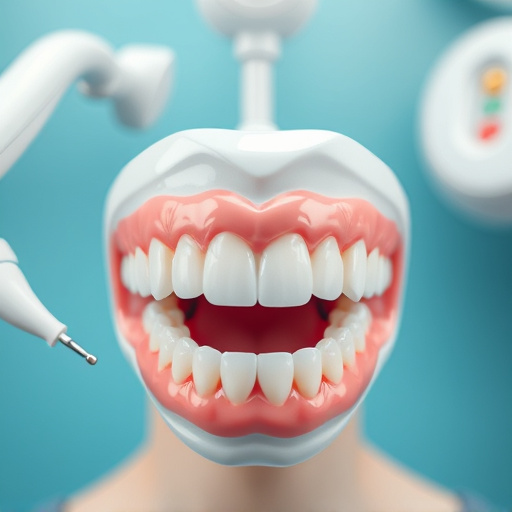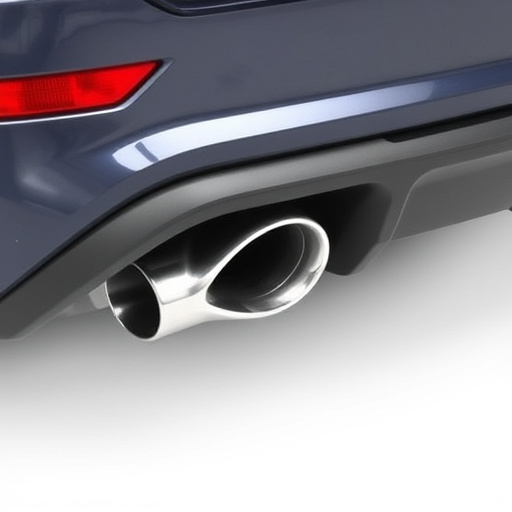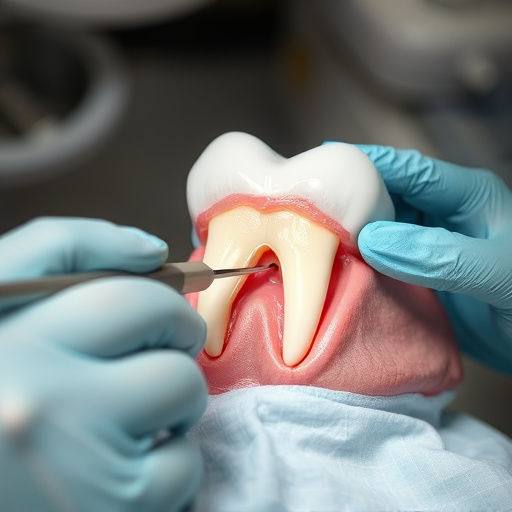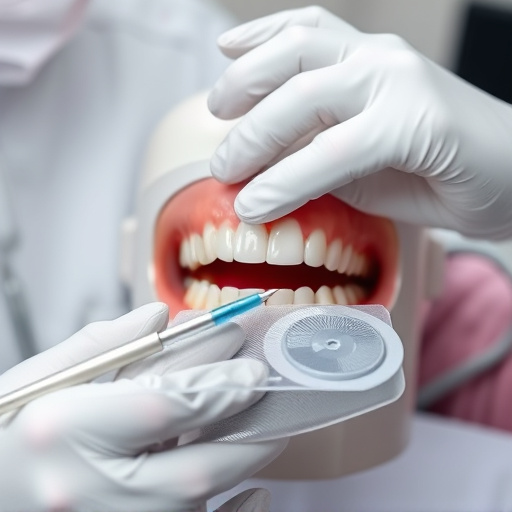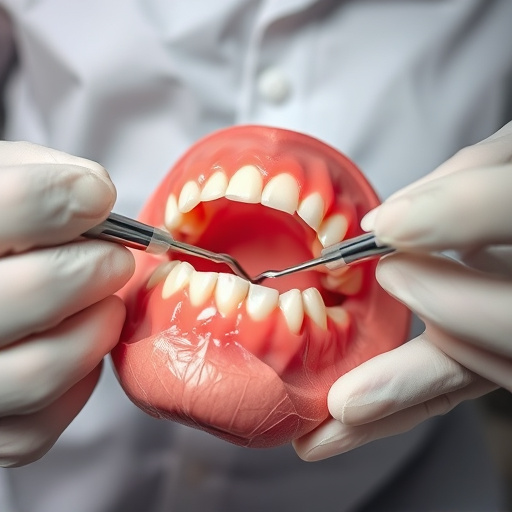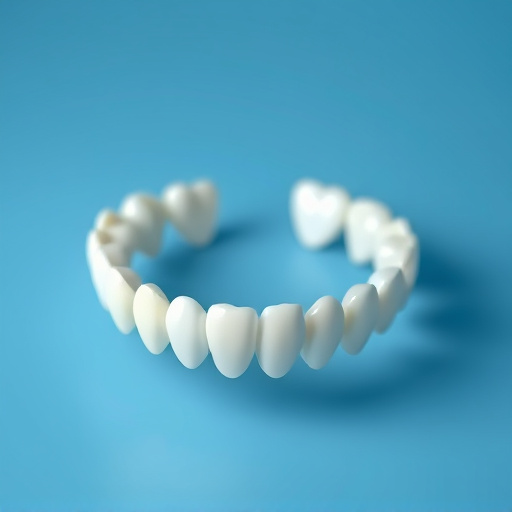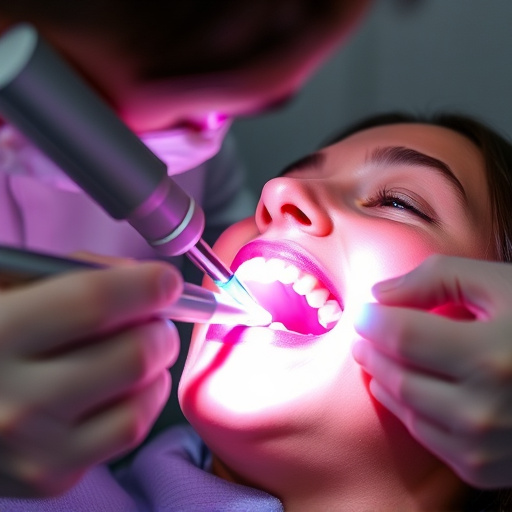3D dental imaging has revolutionized dentistry by providing accurate, detailed 3D models of teeth and gums, enabling dentists to detect anomalies missed in 2D imaging. This technology improves communication, facilitates specialist collaboration, and offers patients peace of mind through precise treatment planning, potentially saving costs. Adopting 3D dental imaging allows for comprehensive assessments, strategic planning, and informed decision-making during procedures like wisdom tooth removal and dental implants, ultimately enhancing patient care.
Dentists are increasingly relying on 3D dental imaging as a game-changer in modern dentistry. This advanced technology offers significant advantages over traditional methods, enhancing diagnostic accuracy and treatment planning. By providing detailed, three-dimensional visualizations of dental structures, 3D imaging allows for improved precision in identifying issues and developing personalized treatment strategies. This innovative approach not only streamlines workflow but also improves patient comfort and outcomes.
- Advantages of 3D Dental Imaging for Accurate Diagnostics
- – Improved accuracy and precision in diagnosis
- – Ability to visualize dental structures in three dimensions
Advantages of 3D Dental Imaging for Accurate Diagnostics
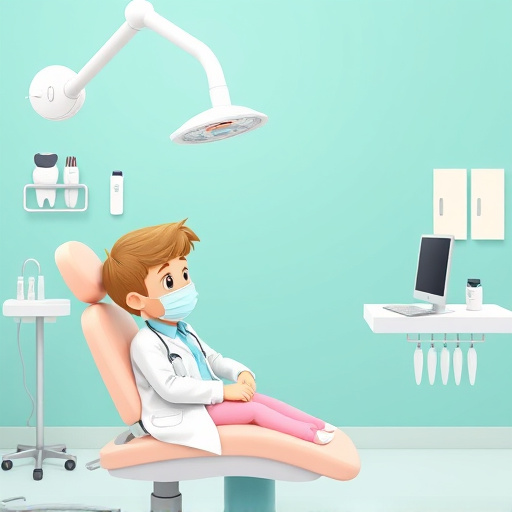
The adoption of 3D dental imaging has revolutionized the way dentists approach diagnostics and treatment planning. This advanced technology offers several advantages over traditional 2D imaging methods, making it an indispensable tool in general dentistry. One of its key benefits is improved accuracy. By creating detailed, three-dimensional models of teeth, gums, and surrounding structures, dentists can identify subtle anomalies that might be missed in a flat image. This is particularly valuable for complex cases involving dental implants, extractions, or orthodontic treatments.
3D imaging also facilitates better communication between dental professionals and patients. High-resolution 3D models provide a clearer understanding of oral health issues, enabling dentists to explain diagnoses and treatment options more effectively. Moreover, these images can be easily shared with specialists, enhancing collaboration and ensuring the best possible care. For patients undergoing procedures like dental cleanings or preventive dentistry, 3D imaging offers peace of mind, as it allows for precise planning and potential cost savings by identifying unnecessary treatments.
– Improved accuracy and precision in diagnosis

Dentists are increasingly relying on 3D dental imaging to achieve optimal treatment outcomes, and for good reason. This advanced technology offers a level of accuracy and precision in diagnosis that traditional 2D imaging cannot match. With 3D imaging, dentists can gain a comprehensive, detailed view of the patient’s oral cavity, including complex structures like wisdom teeth, sinus cavities, and surrounding bone formations. This allows for more informed decision-making during procedures such as wisdom tooth removal, ensuring safety and effectiveness.
Furthermore, 3D dental imaging streamlines the planning process for various dental interventions, from intricate restoration work to surgical procedures. It enables dentists to precisely measure distances, identify potential issues, and plan treatment strategies with greater confidence. This technology is invaluable in family dentistry, where accurate diagnoses during routine oral exams are crucial for preventing and managing dental conditions effectively.
– Ability to visualize dental structures in three dimensions

Dentists are now leveraging the power of 3D dental imaging to achieve unprecedented levels of precision and understanding in patient care. This advanced technology allows dental professionals to visualize dental structures in three dimensions, providing a detailed and comprehensive view of the mouth that traditional two-dimensional imaging simply cannot match. With 3D imaging, dentists can accurately assess complex oral issues, plan treatments more effectively, and even predict potential problems before they arise.
This enhanced visualization is particularly beneficial for procedures like dental implants and preventive dentistry. By accurately mapping bone density, tooth positioning, and surrounding structures, dentists can ensure that implant surgeries are precise and successful. Moreover, 3D imaging aids in identifying subtle changes during regular dental cleanings, enabling early detection of potential issues and promoting better overall oral health.
Dentists are increasingly relying on 3D dental imaging as a game-changer in achieving optimal treatment outcomes. Its advantages, including improved diagnostic accuracy and the ability to visualize dental structures in three dimensions, make it an indispensable tool for modern dentistry. By enhancing the precision of diagnoses, 3D dental imaging empowers dentists to deliver more effective and efficient care.
